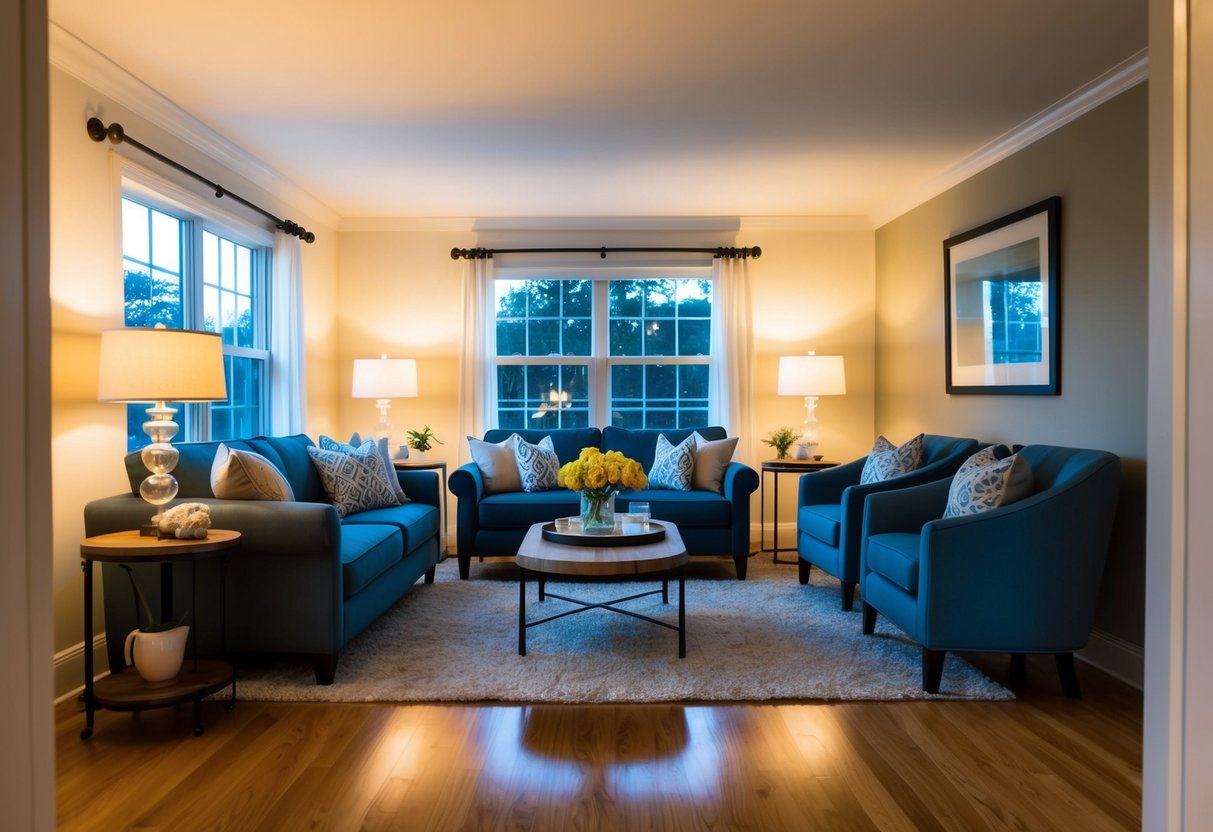Mastering the Art of Room Layout: Optimal Designs for Every Space
Neutral Colors and Their Impact
Neutral colors, such as whites, grays, and beiges, form the backbone of many interior designs. They offer versatility and can be used to either create a tranquil background or act as a canvas for bolder accents. This neutrality is especially useful in spaces intended for relaxation, as they do not overwhelm the senses.
Neutrals also enhance the effect of artwork and brightly colored elements by providing a subtle backdrop that allows other features to stand out. Their timeless nature means they rarely go out of style, making them a smart choice for long-lasting designs. By stabilizing the visual landscape, neutral tones ensure that spaces remain adaptable and refreshingly understated even as trends change.
Creating Harmony with Lighting

Achieving harmony in a room involves the strategic use of both natural and artificial lighting. Understanding the different types of lighting can help create the desired mood and functionality in a space.
Types of Lighting for Different Ambiences
Lighting plays a significant role in setting the ambience of a room. Different types of lighting fixtures serve varied functions. Ambient lighting is the primary source, intended to illuminate the entire space. Often, this includes ceiling fixtures or floor lamps that ensure even distribution of light.
Task lighting focuses on specific areas where activities such as reading or cooking occur. This type includes desk lamps or under-cabinet lights in kitchens, directing light precisely. Accent lighting adds depth and dimension to a room, highlighting architectural features or artwork. Examples include track lighting and wall sconces, which create points of interest.
Understanding these types helps in layering lighting to create a balanced and functional environment. The key is to blend different lighting styles to meet aesthetic and practical needs.
Integrating Natural and Artificial Lighting
Combining natural and artificial lighting enhances the overall experience in a room. Natural lighting depends on window placement and size, which can significantly affect a room’s warmth and openness. Large windows or skylights maximize natural light during the day, reducing energy consumption and creating a welcoming atmosphere.
Artificial lighting complements natural light, especially during evening hours or in shaded areas. Using dimmers helps adjust the intensity of artificial light, enabling a seamless transition from day to night. The integration of smart lighting systems can adapt to changes in natural lighting throughout the day, ensuring consistent and comforting illumination.
Incorporating these elements helps achieve a harmonious balance, making spaces more enjoyable and functional.
Embracing Minimalism
Embracing minimalism in room layout involves a focus on simplicity, functionality, and reduced clutter. By implementing the principles of minimalist design and decluttering spaces, homeowners can achieve a serene and efficient environment.
The Principles of Minimalist Design
Minimalist design emphasizes functionality and simplicity. It incorporates clean lines and a restrained color palette to create a sense of openness and calm. Furniture is chosen for its essential function and often features streamlined shapes. Pieces are strategically placed to enhance the flow of movement and visual balance within the room.
A well-executed minimalist space uses natural light to highlight architectural features. This approach often involves neutral tones to reflect light and create a tranquil atmosphere. Individuals should aim to limit decorative items, choosing a few to serve as subtle accent points.



